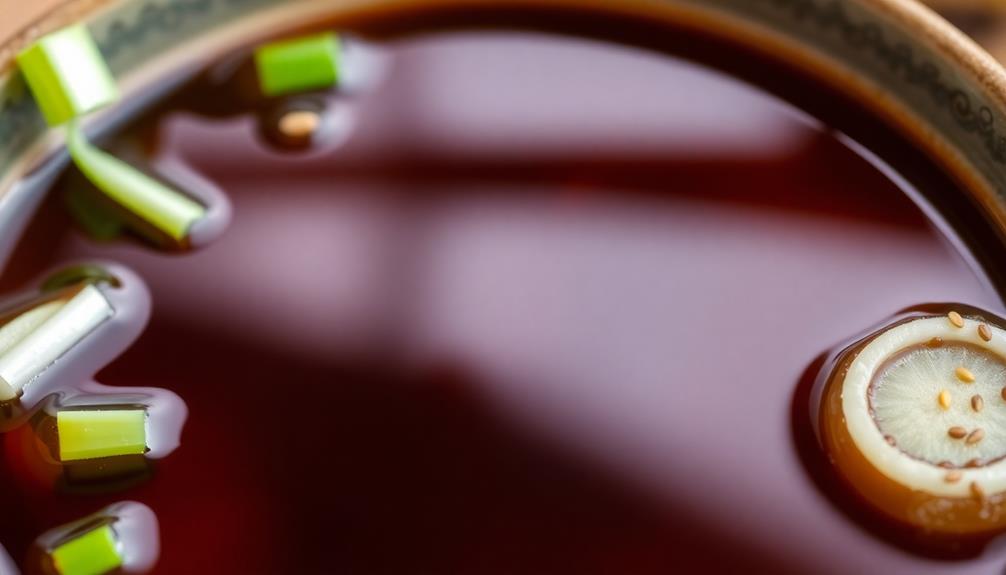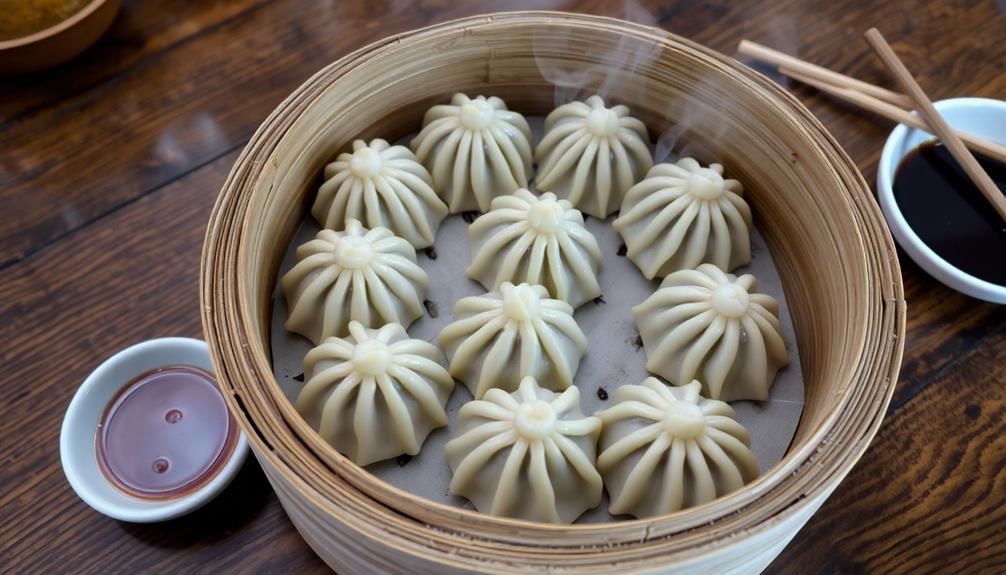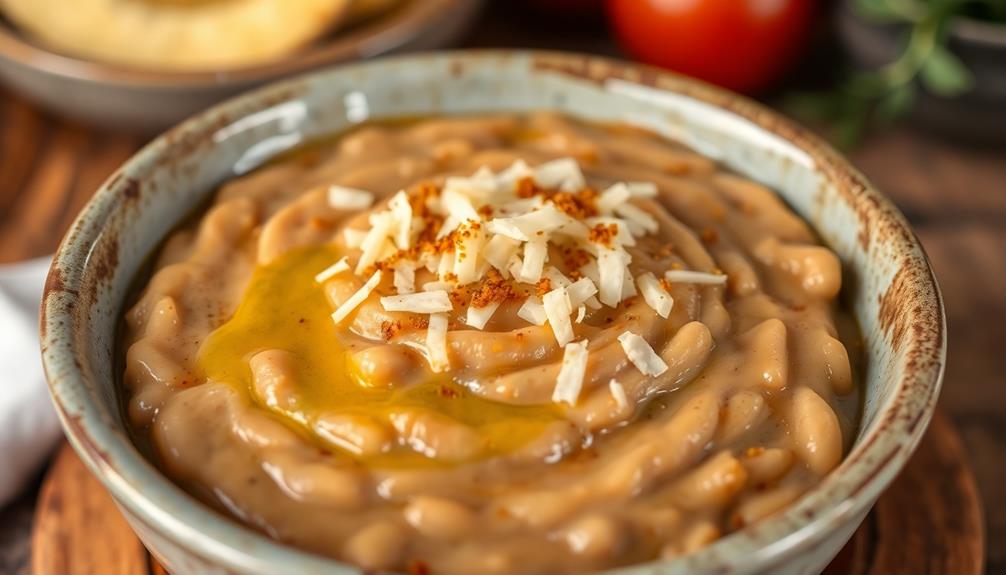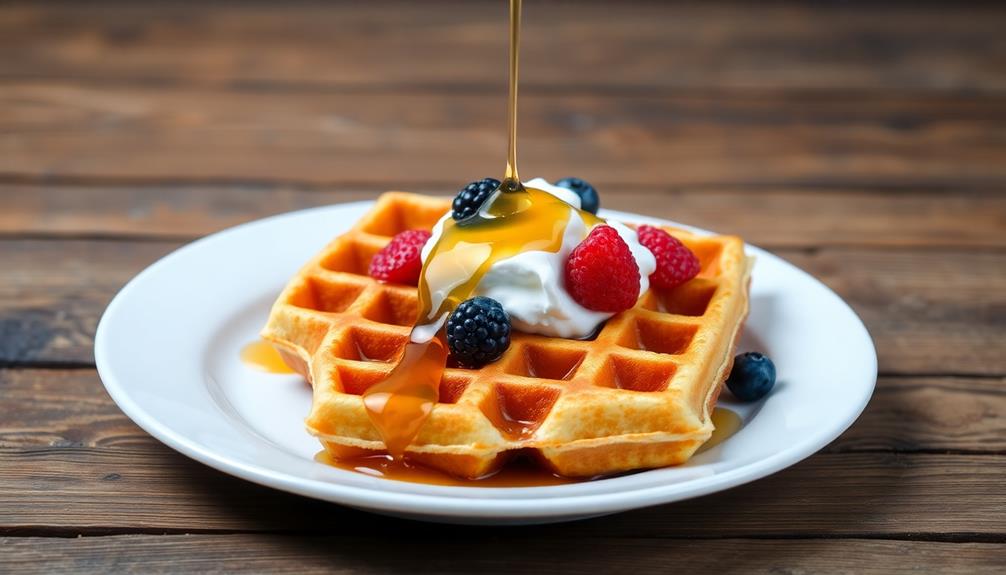Originating in 17th century Japan, teriyaki sauce has evolved into a beloved condiment known for its harmonious balance of sweet, savory, and umami flavors. The key ingredients – soy sauce, brown sugar, rice vinegar, and aromatic ginger and garlic – come together to create a glossy, viscous sauce that's perfect for marinating meats, glazing vegetables, and elevating a variety of dishes. Simply whisk the ingredients, simmer for 10-13 minutes, and you've got a homemade teriyaki sauce that's far superior to store-bought varieties. And if you continue exploring this recipe, you'll discover even more delicious ways to incorporate teriyaki sauce into your culinary repertoire.
Key Takeaways
- This teriyaki sauce recipe provides a balanced blend of sweet, savory, and umami flavors with key ingredients like soy sauce, brown sugar, rice vinegar, and aromatics.
- The step-by-step instructions guide users through the simple cooking process of simmering the sauce on the stovetop to achieve the desired thick and glossy consistency.
- Teriyaki sauce can be used in various culinary applications, such as marinating meats, glazing vegetables, serving as a dipping sauce, or enhancing stir-fries and rice dishes.
- The sauce can be customized with additional ingredients like sesame seeds, scallions, nuts, or chili flakes to create unique flavor profiles.
- This homemade teriyaki sauce can be stored in the refrigerator for up to a week, making it a convenient and versatile kitchen staple.
History
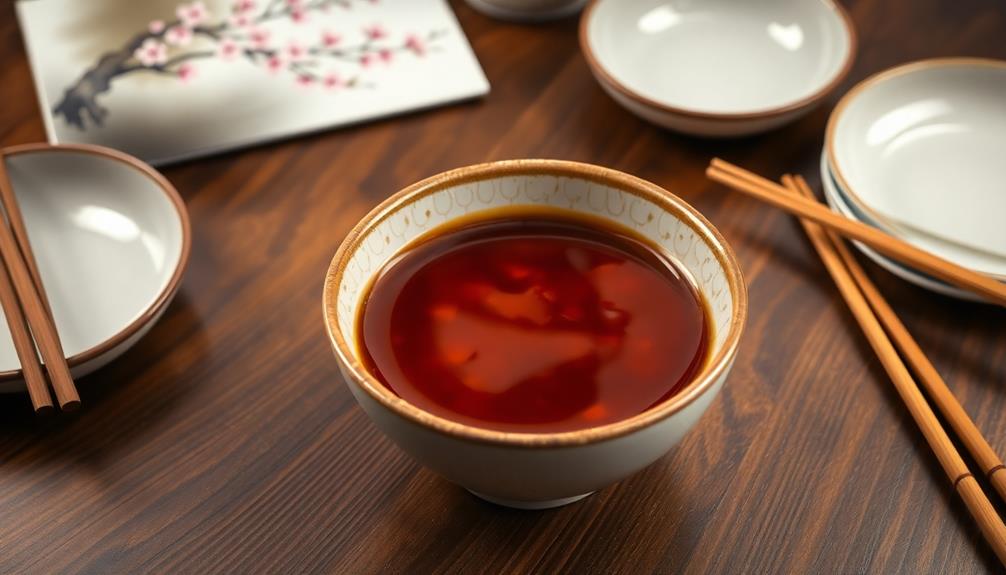
Teriyaki sauce has a long and storied history rooted in traditional Japanese cuisine. Originally, the term "teriyaki" referred to a cooking method, not a specific sauce. In Japan, teriyaki refers to a cooking process where food is broiled or grilled with a glaze made from soy sauce, mirin (a type of rice wine), and sugar.
The origins of teriyaki can be traced back to the 17th century, when it was used as a way to preserve and flavor meats. Over time, the sauce evolved, with the addition of ingredients like garlic, ginger, and other seasonings.
Teriyaki became popular in the United States during the 1960s, and since then, it has become a beloved staple in American cuisine, often used to marinate and baste a variety of proteins, from chicken to beef to seafood.
Today, teriyaki sauce is enjoyed around the world, and its versatility makes it a go-to ingredient for home cooks and chefs alike.
Recipe
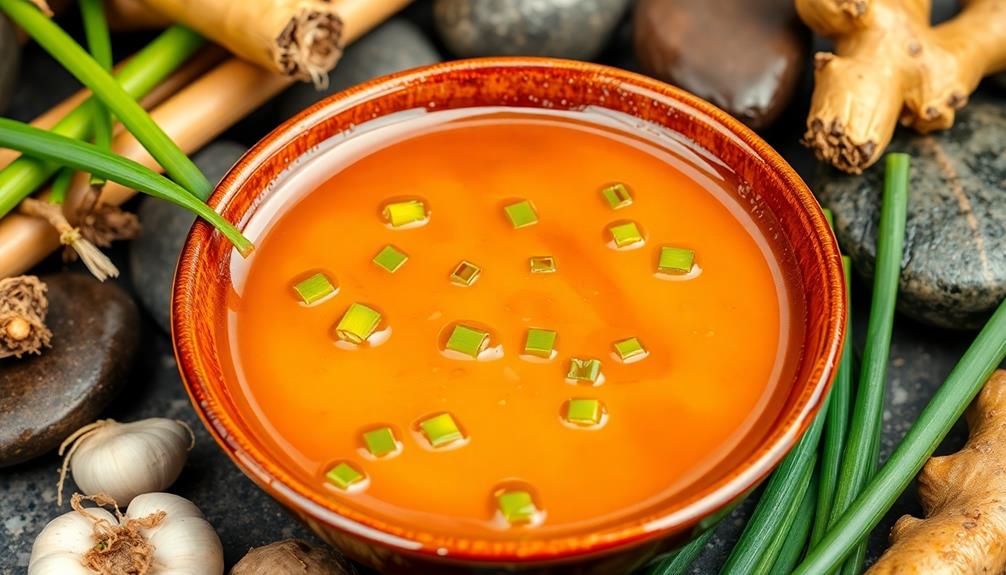
Perfect Teriyaki Sauce Recipe
Teriyaki sauce is a beloved condiment in Asian cuisine, known for its sweet, savory, and umami flavors. This homemade version is the perfect balance of those signature taste profiles, making it a versatile ingredient that can elevate a variety of dishes.
Whether you're marinating meats, glazing vegetables, or simply using it as a dipping sauce, this teriyaki sauce is sure to become a staple in your kitchen.
The key to achieving the perfect teriyaki flavor lies in the combination of soy sauce, brown sugar, and a few additional ingredients that lend depth and complexity. This easy-to-make sauce can be prepared in advance and stored in the refrigerator, ensuring you have the perfect teriyaki flavor on hand whenever you need it.
Ingredients:
- 1/2 cup soy sauce
- 1/4 cup brown sugar
- 2 tablespoons rice vinegar
- 1 tablespoon mirin (or additional rice vinegar)
- 1 teaspoon grated ginger
- 1 clove garlic, minced
- 1/4 teaspoon red pepper flakes (optional, for a bit of heat)
Instructions:
In a small saucepan, combine all the ingredients and whisk together until the brown sugar has dissolved.
Bring the mixture to a simmer over medium heat, stirring occasionally, until the sauce has thickened slightly, about 5-7 minutes.
Remove from heat and let cool completely before using or transferring to an airtight container for storage.
When using the teriyaki sauce, keep in mind that a little goes a long way. Start with a small amount and adjust to your taste preferences.
The sauce can be used as a marinade, a glaze, or a dipping sauce, adding a burst of flavor to your favorite dishes. Enjoy! Whether you’re grilling, baking, or frying, this versatile sauce complements seafood, chicken, and even vegetables. For those seeking a tangier option, you can incorporate classic tartar sauce ingredients like pickles, capers, and lemon juice to create a zesty twist. No matter how you use it, this sauce is sure to elevate any meal! For an extra layer of depth, try blending it with the **classic tartar sauce recipe** for a creamy yet sharp contrast that pairs perfectly with fried fish or crispy vegetables. You can also add fresh herbs like dill or parsley to enhance the freshness of the dish. Experiment with different combinations, and you’ll discover endless possibilities to make each meal unique and memorable.
Cooking Steps
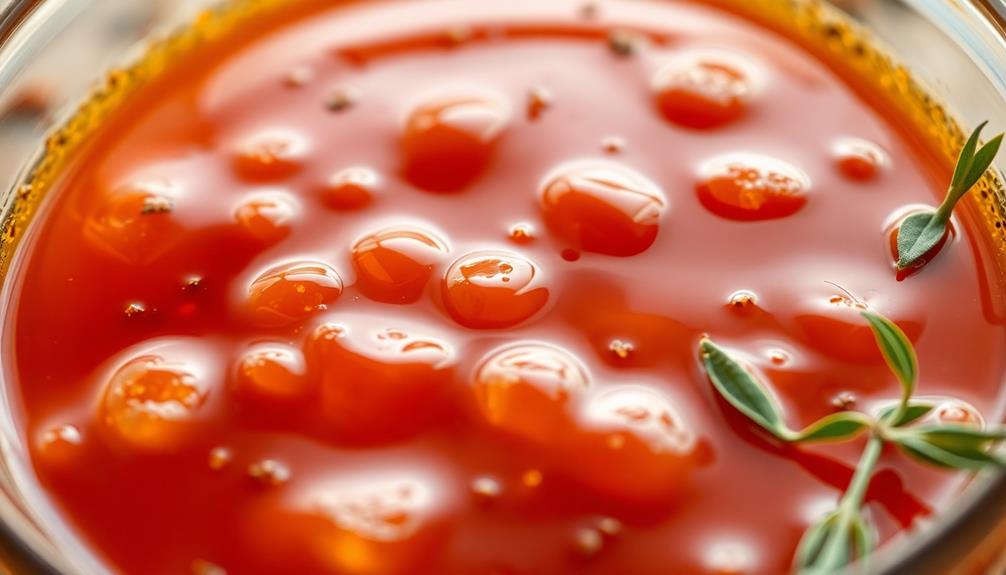
Whisk together the soy sauce, brown sugar, rice vinegar, garlic, and ginger in a saucepan.
Simmer the mixture on medium heat, whisking occasionally, for about 10 minutes.
Reduce the heat and let the sauce simmer for 3 more minutes to thicken up.
Serve the warm teriyaki sauce over your cooked meat or vegetables.
Step 1. Whisk Ingredients in a Saucepan
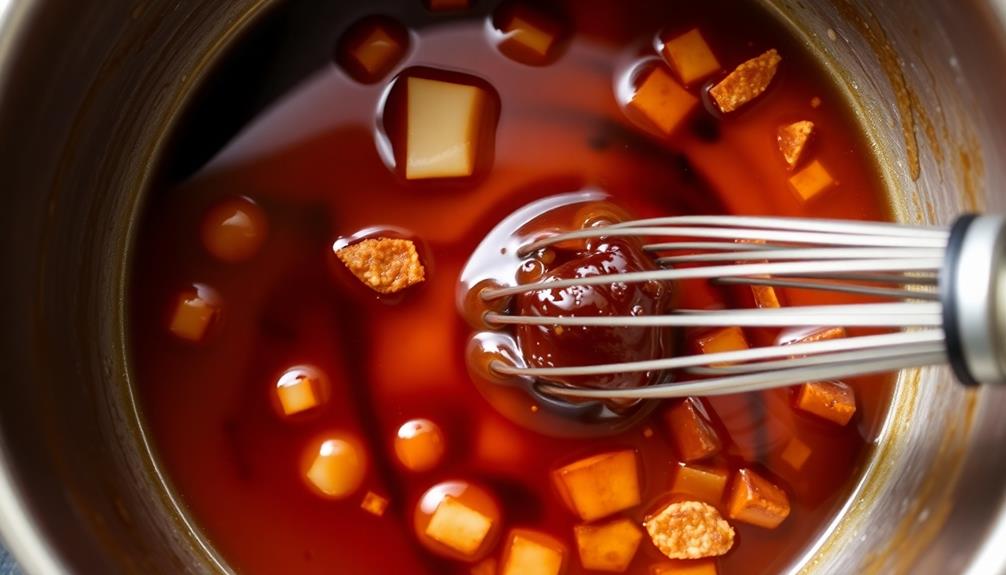
Mix the soy sauce, brown sugar, rice vinegar, garlic, and ginger in a saucepan. Whisk the ingredients together over medium heat until the sugar has fully dissolved, about 2-3 minutes. This step allows the flavors to meld and the sauce to thicken slightly. Once the sauce has thickened, remove it from the heat and let it cool to room temperature before using. This versatile mixture pairs perfectly with stir-fries, grilled meats, or as a dipping sauce. For those looking to complement this with fermented flavors, consider following your favorite homemade kimchi recipe steps to create a vibrant and tangy side dish that enhances the meal.
Next, bring the mixture to a simmer, then reduce the heat to low. Let the sauce simmer for 5-7 minutes, stirring occasionally, until it has reduced by about a third and coats the back of a spoon. Be careful not to let it boil, as that can cause the sauce to become overly thick and lose some of its bright flavor.
Once the perfect teriyaki sauce consistency is achieved, remove the saucepan from the heat. Allow it to cool for a couple of minutes before transferring to a jar or airtight container.
This homemade teriyaki sauce can be stored in the refrigerator for up to 1 week, ready to be drizzled, brushed, or dipped whenever you need that umami-rich, slightly sweet flavor.
Step 2. Simmer on Medium Heat
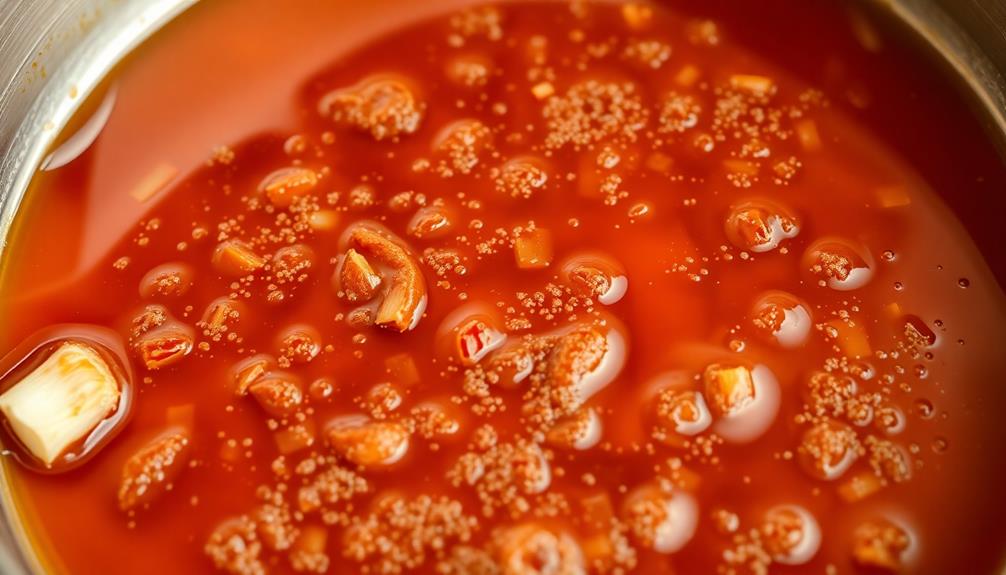
Next, bring the mixture to a simmer over medium heat. This gentle simmering is crucial for allowing the flavors to meld and the sauce to thicken to the perfect consistency.
Maintain this medium heat, stirring occasionally, for 8-10 minutes. You'll know the sauce is ready when it coats the back of a spoon in a smooth, glossy layer.
During this simmering process, the sugars in the sauce will caramelize, creating a deep, rich flavor. The soy sauce will also have time to fully incorporate, balancing the sweetness.
Keep a close eye to prevent scorching – you want a slow, steady simmer, not a rapid boil. Adjust the heat as needed to find that sweet spot.
Once the sauce has reached the desired thickness, it's time to remove it from the heat. Allow it to cool slightly before using, as it will continue to thicken as it stands.
Now you're ready to drizzle this homemade teriyaki goodness over your favorite proteins and veggies!
Step 3. Whisk Occasionally for 10 Minutes
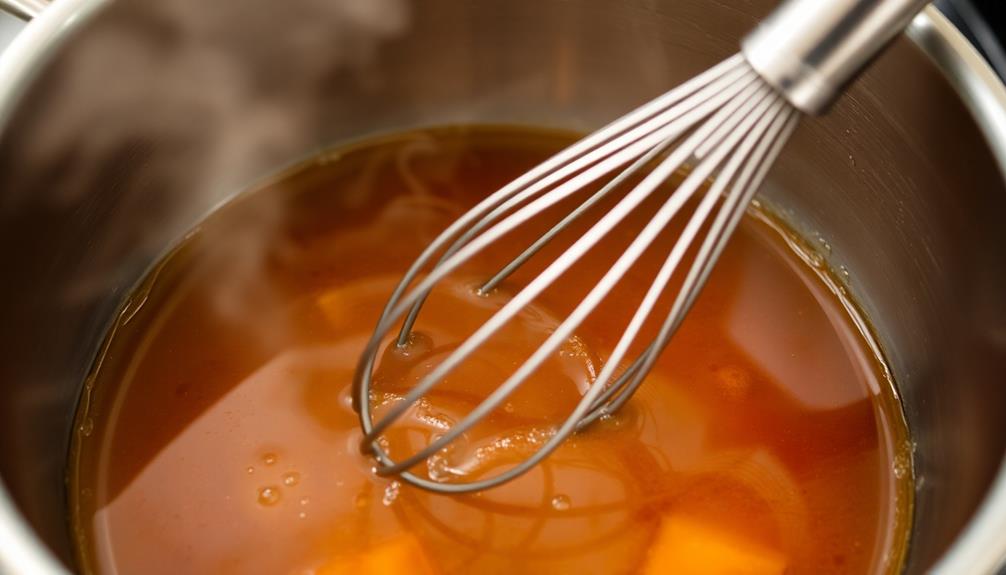
Once the sauce is simmering, whisk it occasionally for about 10 minutes. This step is crucial for achieving the perfect teriyaki flavor and texture. By whisking the sauce intermittently, you'll incorporate air, which helps to thicken the mixture and prevent it from scorching on the bottom of the pan.
During this 10-minute period, you'll notice the sauce gradually transforming. It will become more glossy and viscous, developing a rich, caramelized flavor. Keep a close eye on the pan, whisking every couple of minutes to ensure even cooking. This process allows the flavors to meld and the sauce to reach its desired consistency.
After 10 minutes of gentle whisking, the teriyaki sauce will be ready for the next step. It should coat the back of a spoon nicely, without being overly thin or thick. Maintain a medium heat throughout this process for best results.
Step 4. Reduce Heat and Simmer 3 Minutes
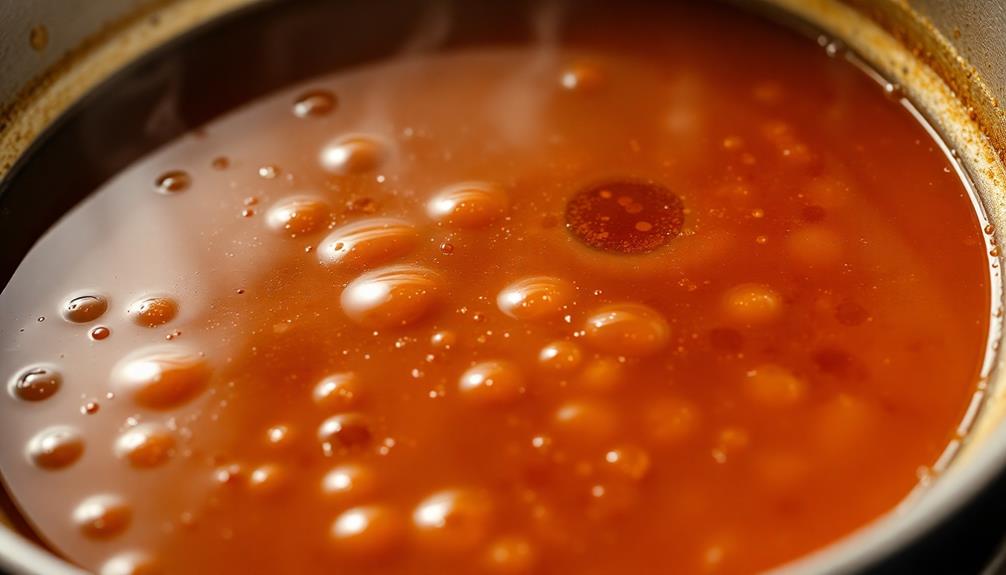
After the 10 minutes of whisking, it's time to reduce the heat and let the teriyaki sauce simmer for 3 minutes. This step is crucial for allowing the flavors to meld and the sauce to thicken to your desired consistency.
Reduce the heat to medium-low, ensuring the sauce is gently bubbling. This gentler heat will allow the ingredients to meld together seamlessly without boiling off too much liquid. Be sure to keep a close eye on the sauce, stirring occasionally to prevent any scorching or sticking to the bottom of the pan.
As the sauce simmers, you'll notice it start to thicken and develop a glossy sheen. This is exactly what you want! The longer it simmers, the more the flavors will concentrate, resulting in a rich, boldly flavored teriyaki sauce.
Set a timer for 3 minutes and let the magic happen.
Once the time is up, your perfect teriyaki sauce is ready to be used in a variety of dishes or stored for later enjoyment.
Step 5. Serve Warm Over Cooked Meat/Vegetables
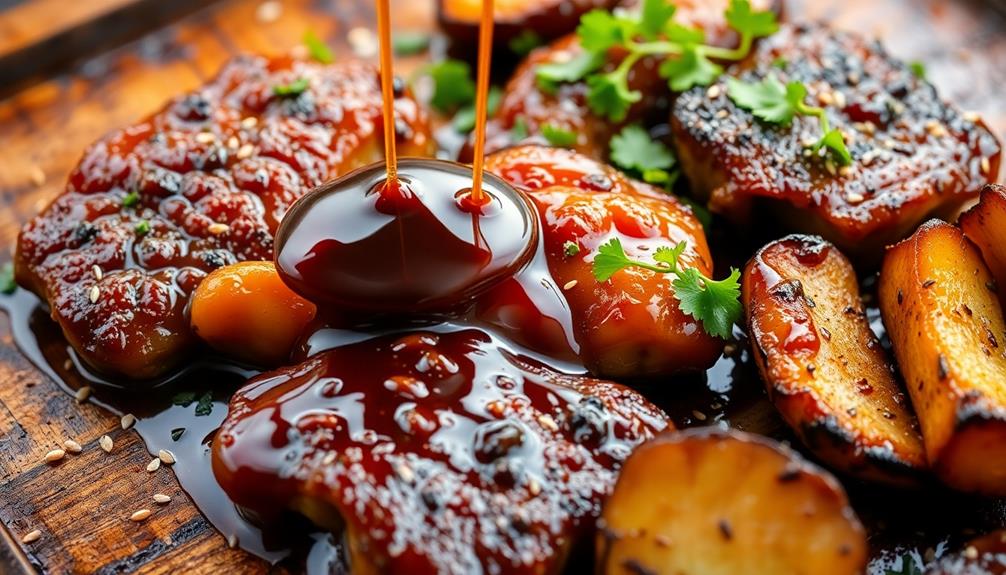
With your perfectly simmered teriyaki sauce ready, you can now drizzle it over your cooked meat or vegetables.
Whether you've grilled, roasted, or pan-seared your protein or veggies, the warm teriyaki sauce will enhance their flavors and create a mouthwatering dish.
For best results, serve the sauce immediately while it's still hot. This allows the ingredients to meld together and the flavors to develop fully.
You can either pour the sauce directly over the top of your cooked items or place them on a plate and spoon the sauce over.
If you prefer, you can also serve the sauce on the side, allowing your guests to add as much or as little as they'd like.
This is a great option if you're entertaining, as it gives people the ability to customize their meal to their personal taste preferences.
No matter how you choose to serve it, this perfect teriyaki sauce is sure to elevate your dish and leave your taste buds craving more.
Final Thoughts
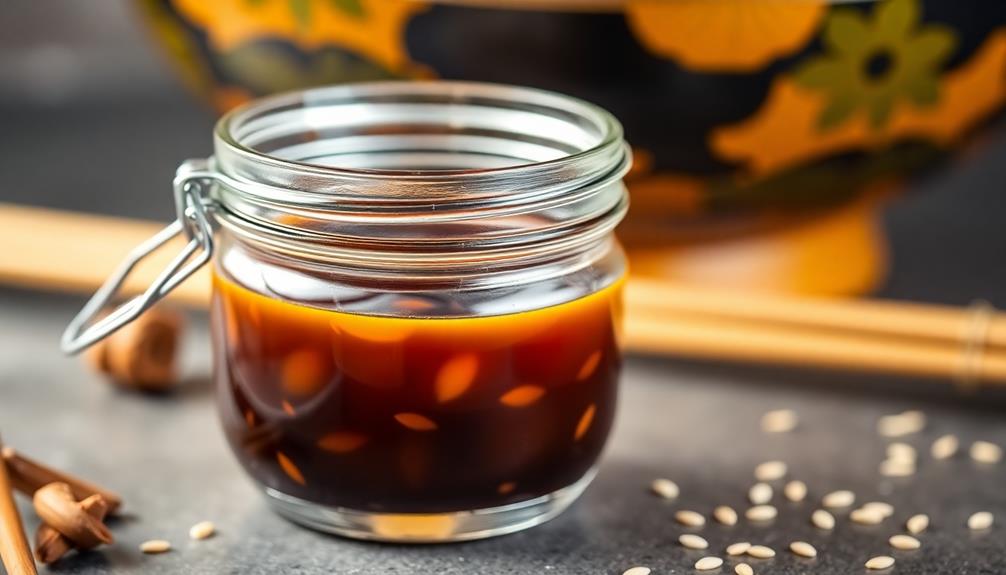
With the perfect teriyaki sauce now in your culinary repertoire, you're well-equipped to elevate your dishes with its delightful balance of sweet, savory, and umami flavors.
This versatile sauce can be used in a variety of ways, from marinating meats to glazing roasted vegetables. The key is to experiment and find your favorite applications.
One tip to keep in mind is that the sauce can become quite thick and sticky as it reduces. Be sure to adjust the consistency to your liking, thinning it out with a bit of water or broth if needed.
Additionally, consider pairing the teriyaki with complementary ingredients like sesame seeds, scallions, or a sprinkle of toasted nuts for added texture and flavor.
With its easy-to-follow recipe and endless possibilities, this perfect teriyaki sauce is sure to become a staple in your kitchen.
Embrace your newfound culinary prowess and let your creativity shine as you discover new ways to incorporate this delectable sauce into your repertoire.
Frequently Asked Questions
How Long Does the Sauce Last After Refrigeration?
The sauce should last for up to 2 weeks when stored in the refrigerator. Be sure to store it in an airtight container and check for any signs of spoilage before using. Proper refrigeration will keep the sauce fresh and flavorful.
Can I Substitute Soy Sauce for the Teriyaki Sauce?
Yes, you can substitute soy sauce for teriyaki sauce in a recipe. However, the flavor profile will be different since teriyaki sauce contains additional ingredients like rice vinegar, brown sugar, and garlic. Adjust the seasoning as needed to achieve your desired taste.
Is There a Gluten-Free Version of the Recipe?
To make the recipe gluten-free, you can substitute the soy sauce with a gluten-free tamari or coconut aminos. This will allow you to enjoy the same great flavor without the gluten.
Can I Use the Sauce for Other Dishes Besides Teriyaki?
Absolutely! The versatile sauce can be used for a variety of dishes beyond teriyaki. Try it as a marinade, dipping sauce, or even drizzled over stir-fries, rice bowls, or roasted vegetables. Its bold, umami-rich flavor elevates any meal.
What Is the Ideal Consistency of the Perfect Teriyaki Sauce?
The ideal consistency for the perfect teriyaki sauce should be thick enough to coat the food evenly, but not so thick that it becomes gloppy or difficult to work with. You want a pourable, glossy sauce that clings beautifully to your dish.
